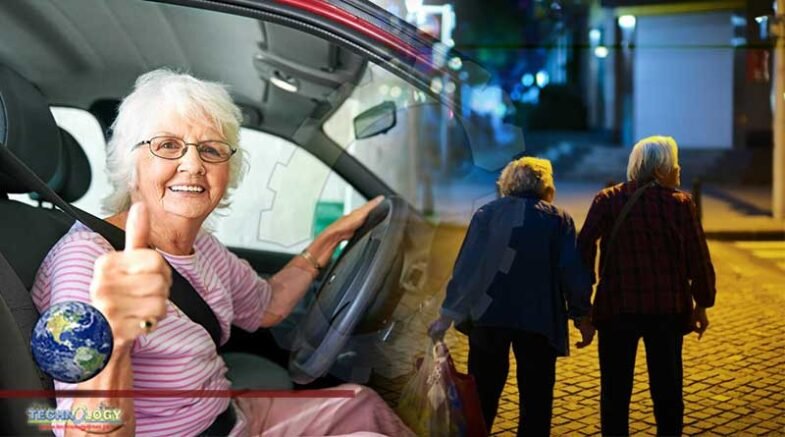A new research project to upgrade the roads and pedestrian areas using virtual reality technology in order to improve road safety for older people.

A new research project from the University of South Australia will see planned upgrades to roads and pedestrian areas simulated using virtual reality technology in order to improve road safety for older people.
University of South Australia researchers will create a walkable environment in virtual reality, suitable for use by older people, which will help planners and engineers design better roads and footpaths.
Older pedestrians are overrepresented in road accidents with up to 50 per cent of all injured pedestrians in OECD countries being seniors. Similarly, a study by Victoria Walks found people aged 65 and over represent 14.6 per cent of the population yet account for 39 per cent of all pedestrian fatalities.
The Department of Infrastructure, Transport, Regional Development and Communications has awarded UniSA a $142,034 Road Safety Innovation Fund (RSIF) grant to investigate the VR-based methods for assessing pedestrian safety through the eyes and experiences of older people.
Research suggests road intersection design, crossing widths, traffic light locations and timings as well as traffic types and density, all play a part in the overrepresentation of older people in road accidents.
The interdisciplinary study involves three UniSA researchers – Dr Jun Ahn (Construction Management), Dr Gun Lee (VR technology) and Dr Ancret Szpak (Psychology) – and Dr Ahn says it will use innovative user experience methods including eye-tracking, getting participants to verbalise their thoughts (ThinkAloud techniques), and wearable biosensors to track physiological indicators of stress such as heart rate, skin conductance response and movement.
“Having access to a wide range of data from both virtual and real environments means we can overcome the limitations of previous ways of assessing pedestrian safety,” Dr Ahn says.
“Through this project we will create a virtual environment to simulate the road environment. We can easily change that virtual model to test the impact that a range of factors, such as intersection designs, crossing widths and traffic signals, have on road safety.
“The project will focus on the needs of older people, who may, for example, have impaired vision or hearing, need a walking aid or require longer to cross the road than young people.”
Virtual reality (VR)-based user experience methods will be used to record and identify safety issues for the older people involved in the study. This involves testing options called VR locomotion techniques, that make a VR environment walkable by considering older people’s individual characteristics.
A pilot study has already been undertaken on Jetty Road at Glenelg. Dr Ahn says he hopes to build on that work through this new project, A State-of-the-Art User Experience (UX) Approach for Assessing Pedestrian Safety Factors through the Experiences of Older People, in line with the City of Holdfast Bay’s long-term plan for renovating the Jetty Road.
Over the course of the three-year study, researchers will compare vulnerable pedestrians’ experiences in real environments with experiences captured in virtual environments.
“Our ultimate ambition is for councils to be able to use this technology to test road designs virtually with vulnerable pedestrians, while still in the planning stages,” Dr Ahn says.
“This means city planners can get an idea of how safe and useable the built environment will be and address any road safety issues well before construction begins.
“By making roads safer and decreasing the likelihood of accidents, we hope to see more older people taking a stroll.”
Originally published at mirage news
